Innovating growth model associated with sustainable development
In the context of increasingly serious climate change, resource degradation and environmental pollution, green growth is identified as a sustainable development method for countries. This is not only the goal of environmental protection, but also a comprehensive approach to renew the growth model, restructure the economy and enhance national competitiveness.
According to the National Strategy on Green Growth for the 2021-2030 period, with a vision to 2050 (Decision No. 1658/QD-TTg dated October 1, 2021 of the Prime Minister ), green growth is the process of renewing the growth model, restructuring the economy associated with improving environmental quality, using energy efficiently, reducing greenhouse gas emissions and moving towards a low-carbon economy.
With a vision to 2050, Vietnam aims to build a green, carbon-neutral economy, in which science , technology and innovation play a key driving role.
Green transformation is not only about expanding environmental policies, but also about comprehensive restructuring of the socio-economic development model, in which science and technology are the foundation for realizing sustainable, inclusive and climate-resilient development goals.
According to the orientation of the National Strategy, green growth is implemented in four key directions: Greening the economy, greening lifestyle and consumption, reducing greenhouse gas emissions and greening infrastructure. Along with that are four main groups of solutions including institutional improvement, science and technology development, human resource training and green finance mobilization.
Greening the economy is considered a central pillar, aiming at innovating production models, shifting economic structure towards saving energy and raw materials, developing environmentally friendly industries, products and services.
Greening lifestyles aims to create a culture of sustainable consumption through eco-labeling policies, green public procurement, education and community communication.
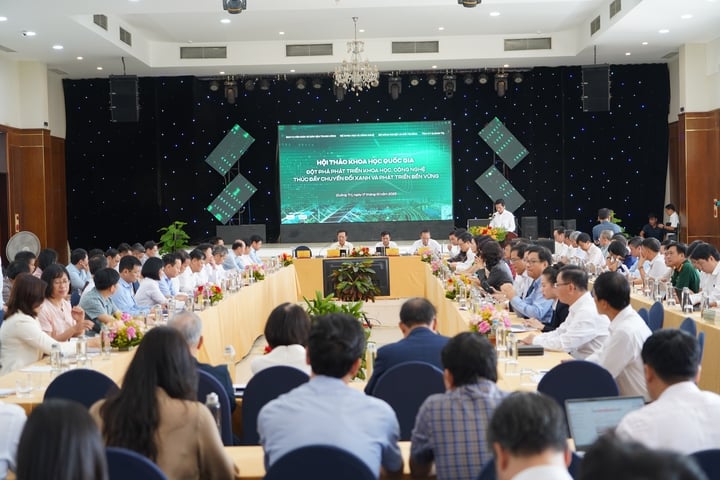
Along with that, reducing greenhouse gas emissions and increasing carbon absorption capacity are identified as key goals, with promoting renewable energy development, building domestic carbon markets and developing carbon credit mechanisms.
Greening infrastructure, developing green cities, low-emission public transport, and waste treatment according to international environmental standards are important material foundations to achieve this goal.
Challenges in green transition in Vietnam
To realize the National Strategy on Green Growth, Vietnam faces many technical, institutional and implementation capacity barriers.
First, Vietnam's energy structure is still heavily dependent on fossil fuels.
By 2024, the majority of electricity production will still come from coal and natural gas, while renewable energy accounts for a small proportion. Offshore wind and green hydrogen projects are still in the pilot phase and do not have a stable operating mechanism, making the 2030 emission reduction target difficult to achieve without technological breakthroughs.
Second, technological efficiency in industrial production is still low.
The cement, steel, textile, dyeing and chemical industries mostly use old-generation equipment. There are few enterprises with ISO 50001 energy management certification. Without financial and tax mechanisms to encourage investment in green technology, the greening of industries will be difficult to implement effectively.
Third, Vietnam still lacks data systems and emission monitoring capacity.
The implementation of the domestic carbon market under Decree 06/2022/ND-CP requires an accurate measurement - reporting - verification (MRV) system, but currently data is still scattered and lacks a unified platform. The fundamental solution is to develop digital infrastructure and a national database on emissions, and apply artificial intelligence to forecast and verify greenhouse gases.
Fourth, there is a shortage of technical human resources for green technology industries.
The demand for labor in the fields of renewable energy, green materials and environmental management is increasing rapidly, but the university and vocational training system has not kept up. Many training programs only introduce concepts and do not provide practical skills according to international standards, causing large-scale energy or environmental projects to still depend on foreign experts.
Fifth, green finance mechanisms are weak and lack transparency.
The proportion of green credit in total outstanding bank loans is still low, and the issuance of green bonds is only in the experimental stage. The system of criteria for evaluating green projects is not unified and there is no international recognition mechanism, leading to difficulty in attracting global investment capital.
Finally, institutions and multi-sectoral coordination mechanisms remain challenges.
Green transformation is a cross-sectoral field, requiring coordination between ministries, sectors and localities. However, the coordination mechanism is still fragmented, lacking consistency in monitoring and data sharing.
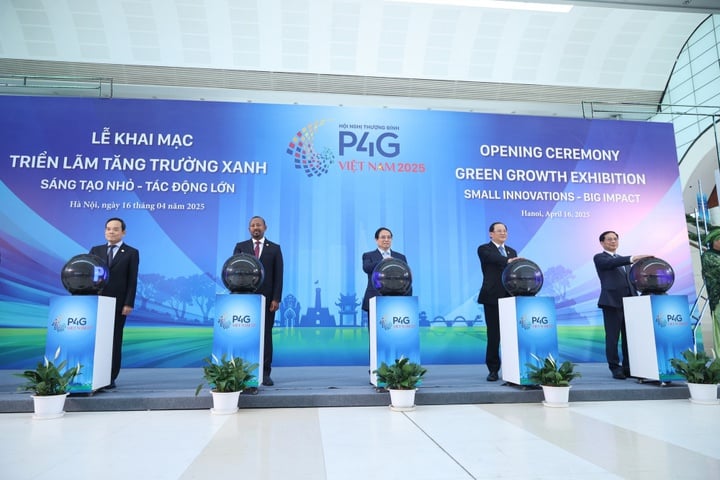
Prime Minister Pham Minh Chinh and delegates opened the "Green Growth" Exhibition - an activity within the framework of the P4G Vietnam Summit 2025.
Overall, Vietnam’s green transition is not only a technical problem but also requires institutional, technological and human resource innovation. The solution needs to be interdisciplinary, in which science, technology and higher education must play a central role, both as a place to create knowledge and as a source of human resources and solutions for green development.
Science and technology – Central drivers of green transformation
In this process, higher education institutions play a key role in creating new knowledge, new technology and high-quality human resources.
Ho Chi Minh City University of Technology – Vietnam National University is one of the pioneers with many research projects on clean energy, sustainable materials and green production technology, contributing to the formation of an innovative ecosystem associated with practice. Many research projects of the University have achieved outstanding results. The VNU-level project "Research on CO₂ storage solutions in oil and gas geological formations in Vietnam" (2024–2026) opens up the direction of applying safe carbon storage (CCS) technology, contributing to reducing emissions. The cooperation project with Japan on ground heat exchange pumps shows that the energy saving efficiency reaches 22.7% compared to conventional air conditioners, suitable for urban conditions in Vietnam.
Cooperation projects with GIZ (Germany) have contributed to standardizing and digitizing energy management in Vietnam, while the VFCM clean power grid model in cooperation with the UK provides a stable power source and reduces emissions for rural agriculture. The DV-WIND project in cooperation with Denmark supports offshore wind power planning - a field with great potential in the green energy strategy.
In addition, the research group on green manufacturing and sustainable materials has developed many technologies with practical value such as green biochar, nanocomposite materials, self-healing polymers, unburnt bricks from fly ash and industrial slag, contributing to reducing CO₂ emissions in construction and waste treatment.
These research results not only have academic value but also have high application potential, creating a scientific foundation for policy making, standards and national technical regulations in the fields of energy, materials and environment.
Knowledge – the foundation for green and sustainable development
Green transformation is a process of profound restructuring of the socio-economic development model, in which science, technology and higher education play a fundamental role. Realizing the commitment to net zero emissions by 2050 requires strong investment in science and technology infrastructure, institutional innovation and high-quality human resource development.
Ho Chi Minh City University of Technology – VNU-HCM is aiming to build an integrated research infrastructure to serve Net Zero technology, strengthen cooperation with businesses and localities to deploy pilot models on renewable energy and green production, and develop "green - digital" human resources capable of mastering modern technology.
With that orientation, the school strives to become an excellent science and technology center of Vietnam and Southeast Asia, contributing to the whole country in realizing the goal of net zero emissions by 2050.
Green transformation is a long and challenging journey, but it is also an opportunity for Vietnam to make a breakthrough with knowledge and innovation. Science and technology will continue to be the central driving force, and universities such as the University of Technology will be the core of knowledge creation, accompanying the country on the path towards a green, sustainable and prosperous Vietnam.
Source: https://mst.gov.vn/cac-thach-thuc-cua-chuyen-doi-xanh-va-vai-tro-cua-khcn-197251026145718479.htm




![[Photo] Nhan Dan Newspaper displays and solicits comments on the Draft Documents of the 14th National Party Congress](https://vphoto.vietnam.vn/thumb/1200x675/vietnam/resource/IMAGE/2025/10/26/1761470328996_ndo_br_bao-long-171-8916-jpg.webp)
![[Photo] General Secretary To Lam received the delegation attending the international conference on Vietnam studies](https://vphoto.vietnam.vn/thumb/1200x675/vietnam/resource/IMAGE/2025/10/26/1761456527874_a1-bnd-5260-7947-jpg.webp)
![[Photo] Enjoy the Liuyang Fireworks Festival in Hunan, China](https://vphoto.vietnam.vn/thumb/1200x675/vietnam/resource/IMAGE/2025/10/26/1761463428882_ndo_br_02-1-my-1-jpg.webp)

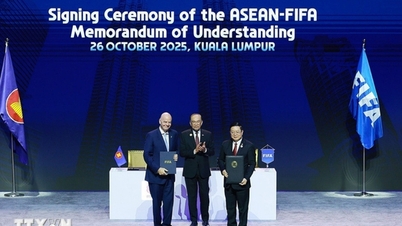

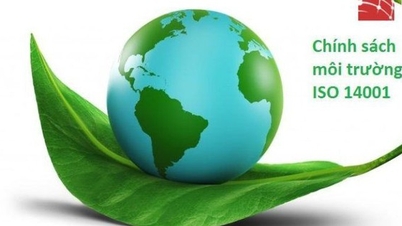
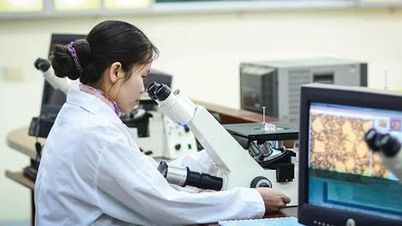
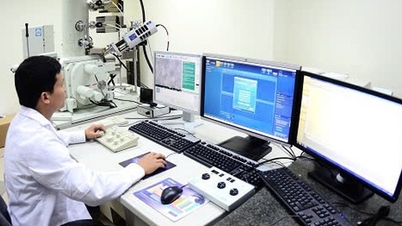
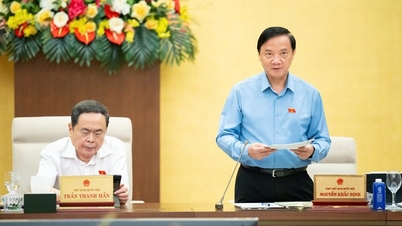
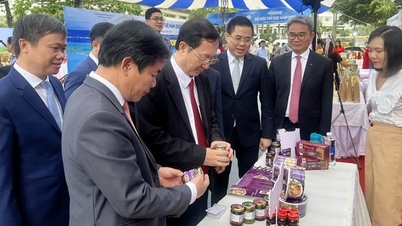






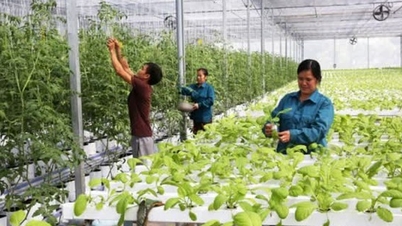
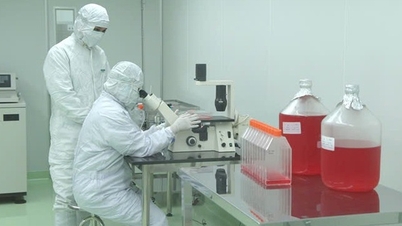
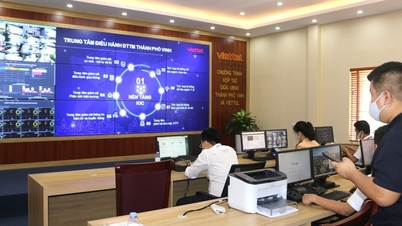

![[Photo] Prime Minister Pham Minh Chinh attends the opening of the 47th ASEAN Summit](https://vphoto.vietnam.vn/thumb/1200x675/vietnam/resource/IMAGE/2025/10/26/1761452925332_c2a-jpg.webp)

















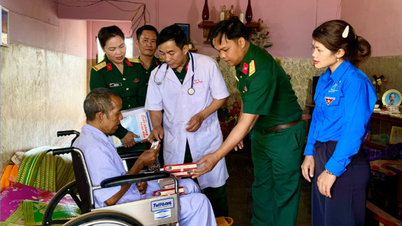

























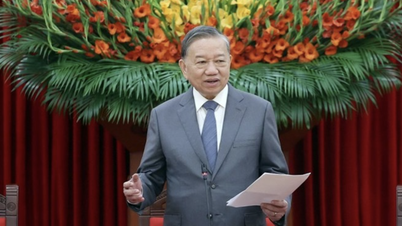

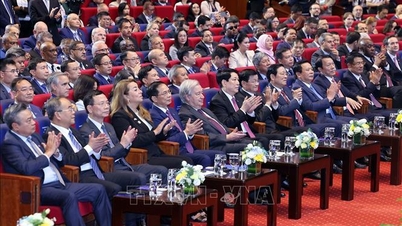

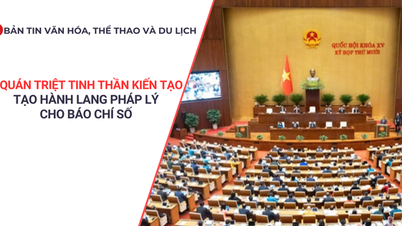

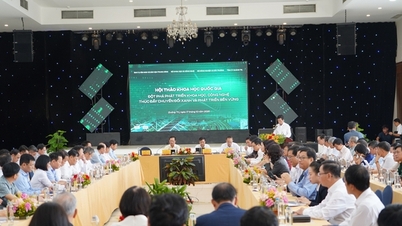



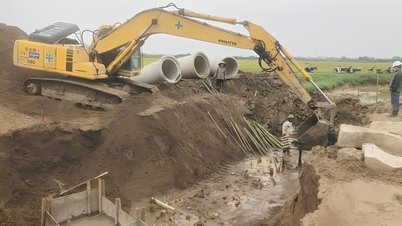



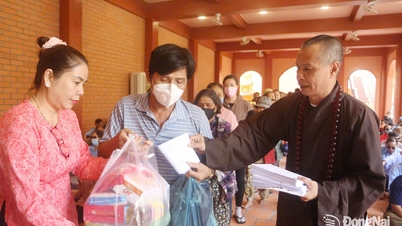
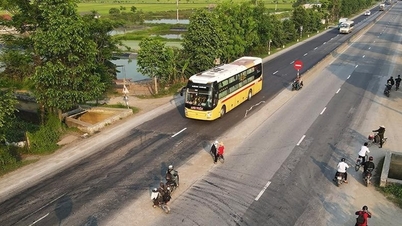

















Comment (0)